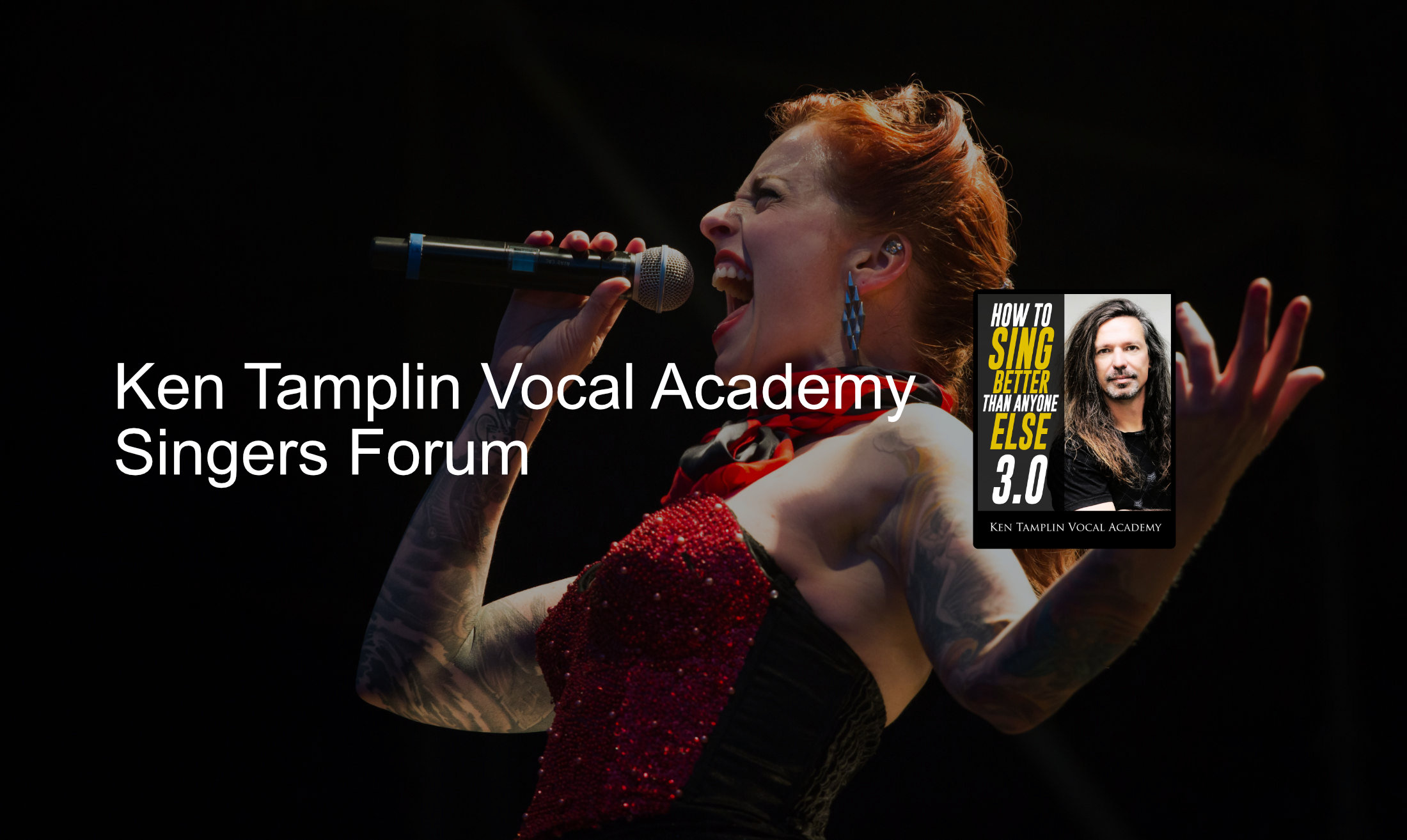Singing and Recording, Mixing, and Mastering... How does it work?
 highmtn
Administrator, Moderator, Enrolled, Pro, 3.0 Streaming Posts: 15,045
highmtn
Administrator, Moderator, Enrolled, Pro, 3.0 Streaming Posts: 15,045
This is a place to ask questions or have discussions about how to do simple recordings for practice or Master Recordings for mass consumption, and everything in-between!
Bob


Comments
It's on sale right now, it's much more stable than Samplitude MS and it sounds stunning. Also it get's the mixes done faster because every channel's got a tunable EQ and Compressor built in.
As a side note Thom seems to close his mouth a lot on the softer high notes in the verses. Is he using open throat technique? Is closing the mouth like him what is meant by a 'covered' sound?
The video is below
Radiohead - Fake Plastic Trees (Live Bullet Sound…:
there are no rules regarding microphones for recording. Just use what you're comfortable with. Bono used SHURE SM58s in the studio, Michael Jackson and Axl Rose used SM7s and Lemmy Kilmister used SM57s. All dynamic microphones and 2 of them rather cheap ones. I guess many singers use these in the studio to get rid of too much high end or nasality in their voice. Getting really close to the mic like Thom Yorke does also gives you some additional low end which is great if you have a rather thin voice.
Interesting to hear the feedback that it helps people with a thin voice. I wouldn't have known that about thom yorke but I recall ken mention he has a breathy technique in one of the threads. Perhaps being thin keeps the breathiness from drying out his chords?
The noise could be a problem with induction from your power line. That could either come through your audio interface's or your laptop's power chord (or maybe an external preamp's power chord). Or if you use a tube mic - it could be a bad tube (or the tube mic's power supply).
https://www.steinberg.net/en/support/knowledgebase_new/show_details/kb_show/ur22-audio-interface-notification-regarding-low-frequency-noise/kb_back/2020.html
More specifically, I put a bump at 1.5khz, 2.5khz, and 4khz. Then a lift at 10 or 11khz.
That might sound a little bright to some, but it makes the vocal track stand out over the din. Whatever boost I might give the lows would be around 240 hz. with a roll-off around 90 or 100 hz. 300 hz to 900 hz mostly sound honky to me, so I tend to drop that area a couple of dB.
It is like saying that the color green is ugly and should be eliminated from our sight. That's ridiculous. We don't want to see all green or too much green, but without ANY green, our vision is out of balance. Good singing always includes good balance. Not too much of anything, but also not too little of something that should be there. Balance.
The upper mids is one of my favorite areas of the voice. It's an area that the ear is very sensitive to. You have to be very skillful in utilizing it without going overboard.
I am often amused at the vocal methods that train their students constantly on "Nay, Nay, Nay" or "Meow, Meow" and then point at other vocalists and say they are using "too much nasality".
Bob